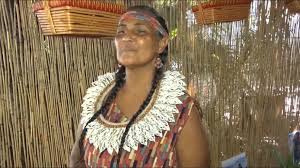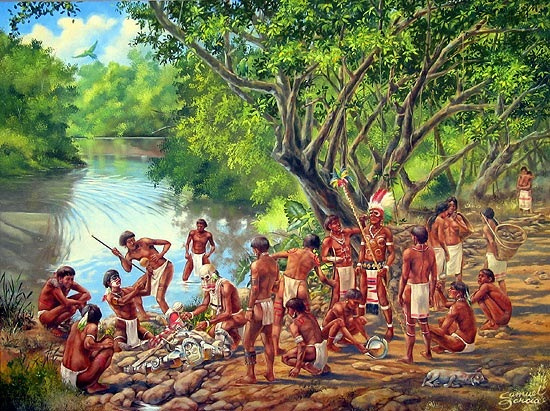
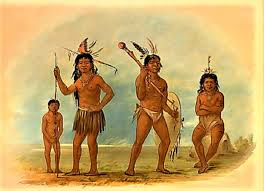
The history of the indigenous people of the Caribbean is a complex and multifaceted one that has been shaped by a variety of factors over time. Prior to the arrival of European colonizers, the Caribbean was home to a diverse range of indigenous peoples, including the Arawak, Carib, and Taíno peoples, among others.
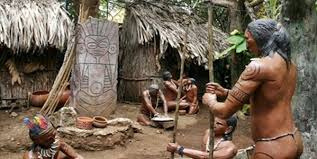
The indigenous peoples of the Caribbean lived in complex societies with their own unique cultures, languages, and religious beliefs. They engaged in agriculture, fishing, and hunting, and had established trade networks with neighboring islands. However, their way of life was irrevocably altered by the arrival of Christopher Columbus in 1492, marking the beginning of the European colonization of the Americas.
The arrival of Europeans brought with it a host of diseases that the indigenous peoples had no immunity to, leading to significant declines in population. Additionally, the Europeans brought with them a desire for land and resources, leading to violent conflicts with the indigenous peoples. The Carib people in particular were known for their fierce resistance to European colonizers.
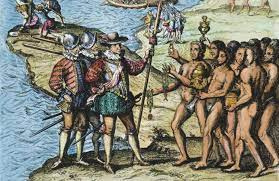
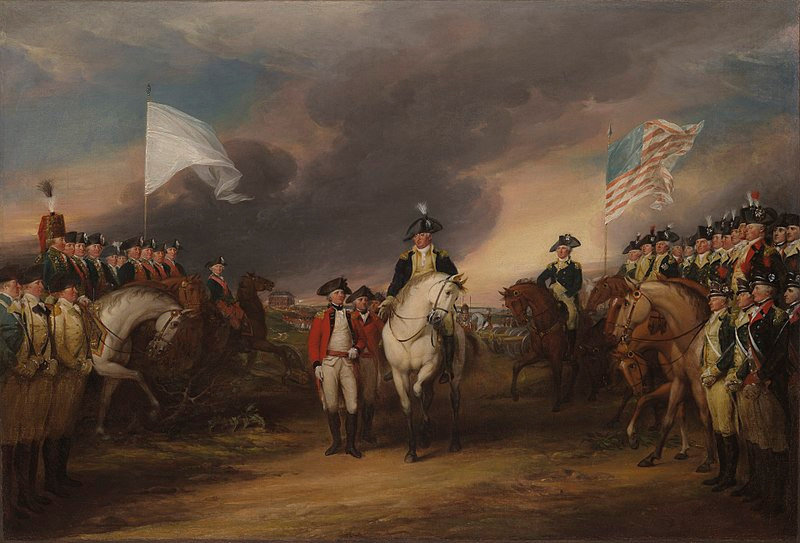
Despite their tragic history, the cultural legacy of the indigenous peoples of the Caribbean continues to be felt today. Caribbean artists draw upon their ancestral traditions and landscapes to create a unique form of expression that blends African and indigenous influences. Additionally, ongoing DNA studies are helping to shed new light on the history of the pre-Columbian indigenous peoples of the Caribbean, challenging traditional beliefs and opening up new avenues for research.
